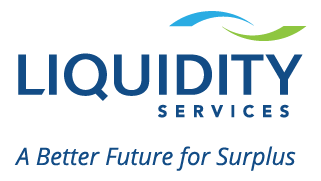ProcureCon, Europe’s biggest conference for procurement professionals, has completed another year following a comprehensive program of talks and roundtables. From digitization and automation to supplier contract management, the three day event held in Berlin, Germany, was packed with insights for the attendees.
Our team was especially impressed by the continued level of innovation in the procurement space with many Chief Procurement Officers (CPOs) in attendance. Furthermore, we were glad to be a part of conversations on the future role procurement has in the strategic and financial status of an organization and the role supplier collaboration and technology will continue to play in this key function.
Here are our team’s key takeaways from the conference:
Procurement as a strategic enabler
Many of the procurement professionals at keynotes, roundtables and speaking with in passing, noted that it was time that procurement stepped out of from the shadows. More than simply an add-on service helping organizations buy and negotiate with suppliers, procurement professionals are now starting to be recognized as a function that organizations have to be engaged with to better understand how the supply chain can be optimized to improve cost reductions and increase or create new revenue streams.
Rick Hughes, former CPO at P&G, described the procurement team at P&G as ‘Strategic Enablers’ not just ‘Cost Savers’. Melani Smith, VP Procurement, Mondelez, talked of the company’s efforts to re-energize the procurement department following its split from Kraft Foods. Much like Hughes at P&G, Smith firmly believes that procurement brings additional value to the table and plans to work to ensure the global procurement team works as one under the banner of “procurement brings competitive advantage.”
Aligned KPIs and SLAs
At one roundtable, there was a positive discussion about procurement and its suppliers building consensus on mutually-beneficial KPIs (Key Performance Indicators). By aligning KPIs and SLAs (Service-Level Agreements), procurement professionals and suppliers can manage their relationship more effectively by relying on one another to achieve organizational goals – such as improving sustainability, reducing expenses, and improving management of surplus assets. Furthermore, by aligning KPIs, procurement can better address the historic challenge of too much emphasis on cost over value.
CPOs and transparency
Another clear takeaway from ProcureCon 2014 is the need for more support in procurement in order to demonstrate value delivery rather than simple cost savings. If procurement leaders are to be successful in repositioning their function as a strategic enabler, then internal support from partners and technology are required. Procurement departments can continue to strengthen their roles by showing where savings have been forecast and negotiated, building upon their deep understanding of where and how value can be derived across the entire supply chain.
Aligning KPIs and SLAs and innovating through technology is a critical component to enhancing value in the reverse supply chain. It is important that these approaches and IT tools are used to leverage data that shows not just the tracking and measurement of savings, but also to provide indicators for improvements in efficiency, detailed audits, and better visibility of the value that can be and currently is being squeezed across the supply chain.
To find out more about Liquidity Services, download our latest guide entitled ‘4 Steps to Effective Surplus Asset Management’, in which you’ll find out what current best practice looks like, including how to identify surplus assets, how to maximize ROI on those assets, and how to measure and monitor your program for continued improvement. To learn more about how Liquidity Services can maximize total supply chain value for your company, please contact us.



Comments are closed.